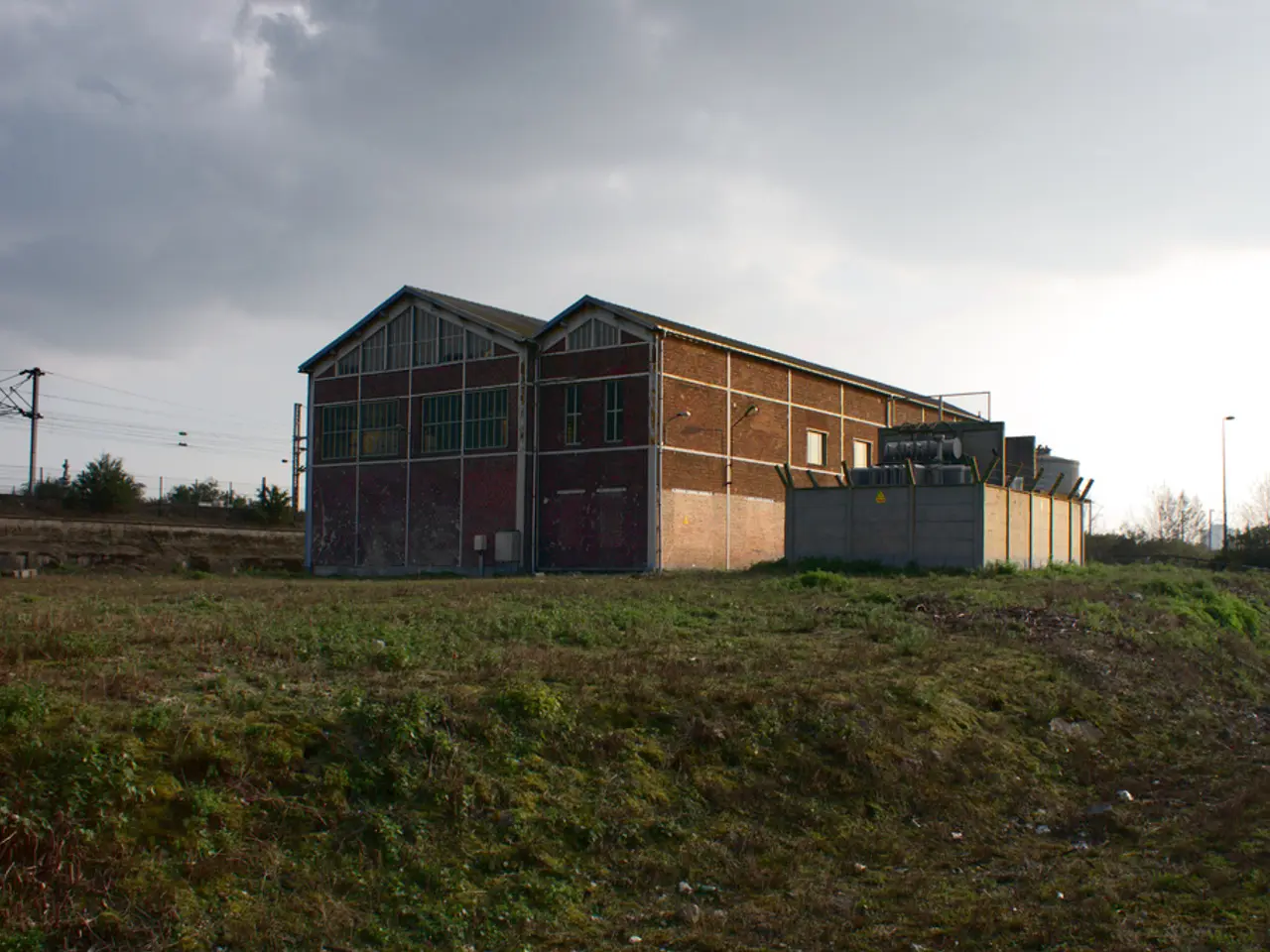Energy prices begin their upward climb in October
In the current energy market context, many fixed-rate energy deals in the UK are either near or above the new October 2024 price cap, which stands at approximately £1,720 annually for a typical household paying by direct debit. However, there are options to consider for those seeking to lower their energy bills.
One such option is Scottish Power's variable tariff, offering a fixed discount on standing charges for 12 months. This means part of the bill (standing charges) remains below the Price Cap. However, the unit rates track the Price Cap itself, which means total bills may not be substantially cheaper.
Octopus Energy's tracker tariff is another choice, with maximum caps on per-unit prices. This can be cheaper than the Price Cap when wholesale prices drop but can rise sharply if wholesale costs increase, making it a riskier option.
Martin Lewis, founder of MoneySavingExpert, advises that some fixed deals on the market are currently about 18% below the Price Cap. To find these cheaper fixed-rate options, he recommends using whole-of-market comparison tools with a focus on fixed tariffs from reputable suppliers like Octopus, Scottish Power, and others.
It's important to note that fixed-rate tariffs provide bill certainty but prices tend to reflect current elevated wholesale costs. Suppliers set fixed rates based on expected wholesale prices over the contract length, so fixed tariffs cheaper than the Price Cap are uncommon but occasionally available as special offers.
For more sophisticated energy users, Octopus Agile and Tracker tariffs can be particularly beneficial. These options offer downside protection and temporary savings but carry the risk of price spikes.
Martin Lewis warns against just jumping on any fix and instead advises finding the cheapest option for individual use and location. He also recommends checking contract length, any exit fees, and what happens to prices after the fixed term ends.
In addition, experts such as Mike Thornton, chief executive of Energy Saving Trust, and Katherine Crawford, chief executive of Age UK Scotland, have expressed concern about persistently high energy prices in the UK. They call for urgent action from the UK Government to address high energy prices and bring down overall energy demand.
Thornton also suggests the need for a clear roadmap to upgrade the UK's 15 million energy inefficient homes and the establishment of a national advice service in England to offer expert, personalized support to ensure people are empowered to improve their homes and reduce their energy bills.
In conclusion, while very few truly cheaper year-long fixed-rate deals than the October 2024 Price Cap are consistently available right now, using whole-of-market comparison tools can help find the best current deals below the Price Cap. For those willing to take on a bit more risk, tracker tariffs can offer downside protection and temporary savings. However, it's crucial to carefully consider contract length, any exit fees, and what happens to prices after the fixed term ends.
- In the realm of finance and industry, Martin Lewis, MoneySavingExpert's founder, suggests using whole-of-market comparison tools to find cheaper fixed-rate energy deals from suppliers such as Octopus, Scottish Power, and others, even though these deals are often above the new October 2024 price cap.
- As the energy sector evolves, experts like Mike Thornton, Energy Saving Trust's chief executive, and Katherine Crawford, Age UK Scotland's chief executive, advocate for urgent government action to lower persistent high energy prices in the UK, and the establishment of a national advice service in England to offer expert, personalized support that can help reduce energy bills, particularly for those living in energy inefficient homes.




